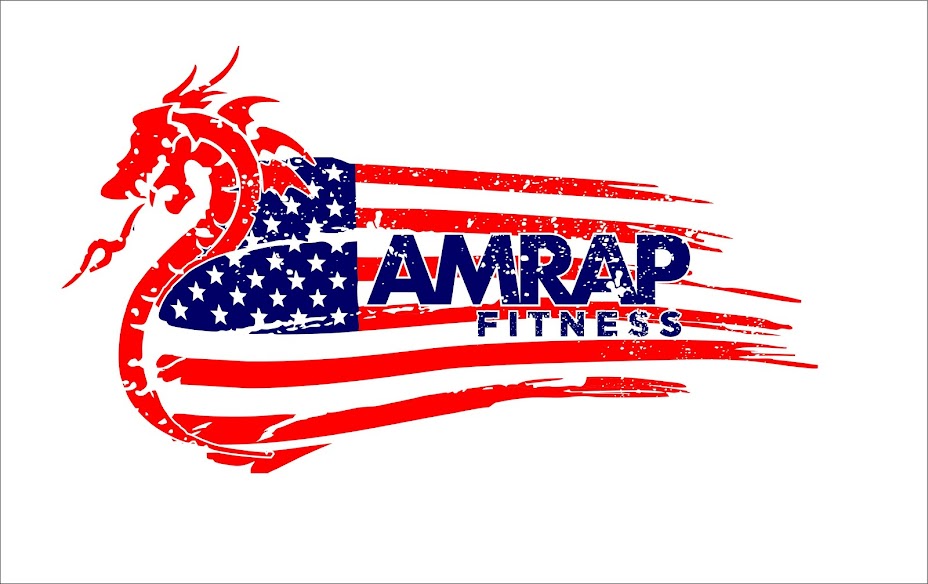By: Louie Simmons
There are franchises and there are gyms. Westside Barbell is definitely a gym.
What's the difference? A franchise is a place where they sell baggy pants, Tshirts, protein powder, and a whole bunch of junk you don't need. You can't make
noise (don't even think about cursing), and chalk is forbidden. They have lots of
mirrors (all you weirdo's who look in them for hours, you know who you are) and
bodybuilding magazines featuring lots of girls and lots of bull.
So what does a gym have that's so important? First is attitude. Everyone must
have the same goal, which is to get stronger. We don't care if you are trying a
300 bench press for a PR or a 600 PR.
And what about equipment? Machines are a waste. They work on the theory of
peak contraction, which simply means you must start at your weakest point; this
is stupid and very dangerous. Machines build no stability. Also, how can one
machine work for two people if one is strong at the bottom of a lift and his partner
is strongest at the top? It's impossible.






